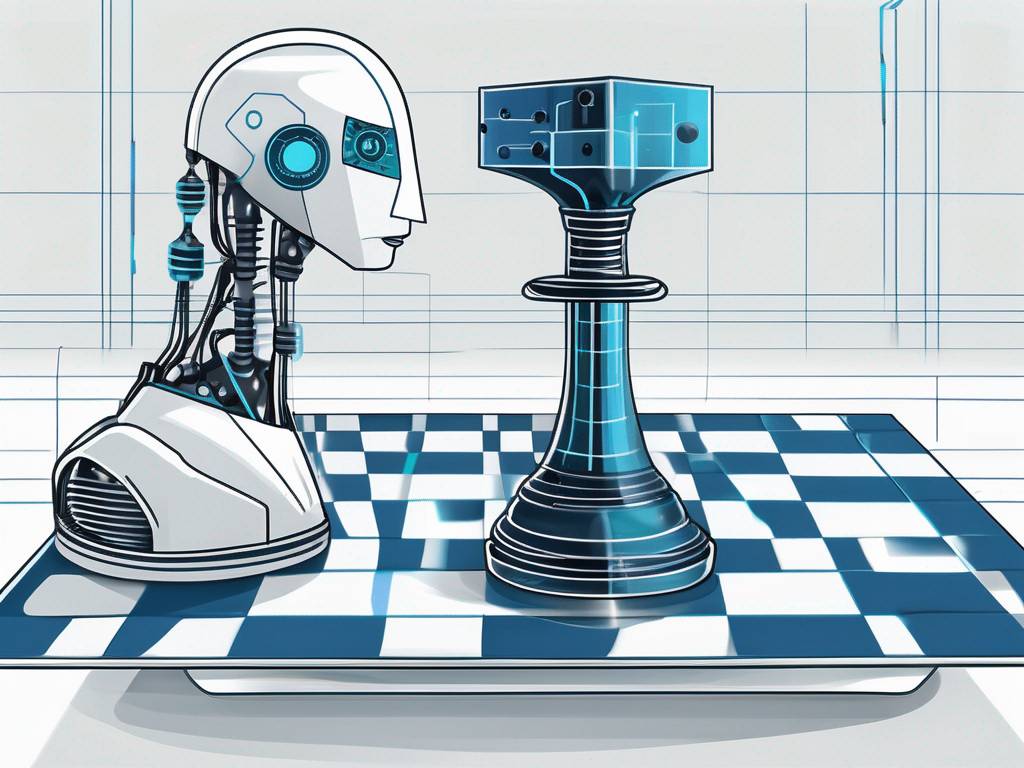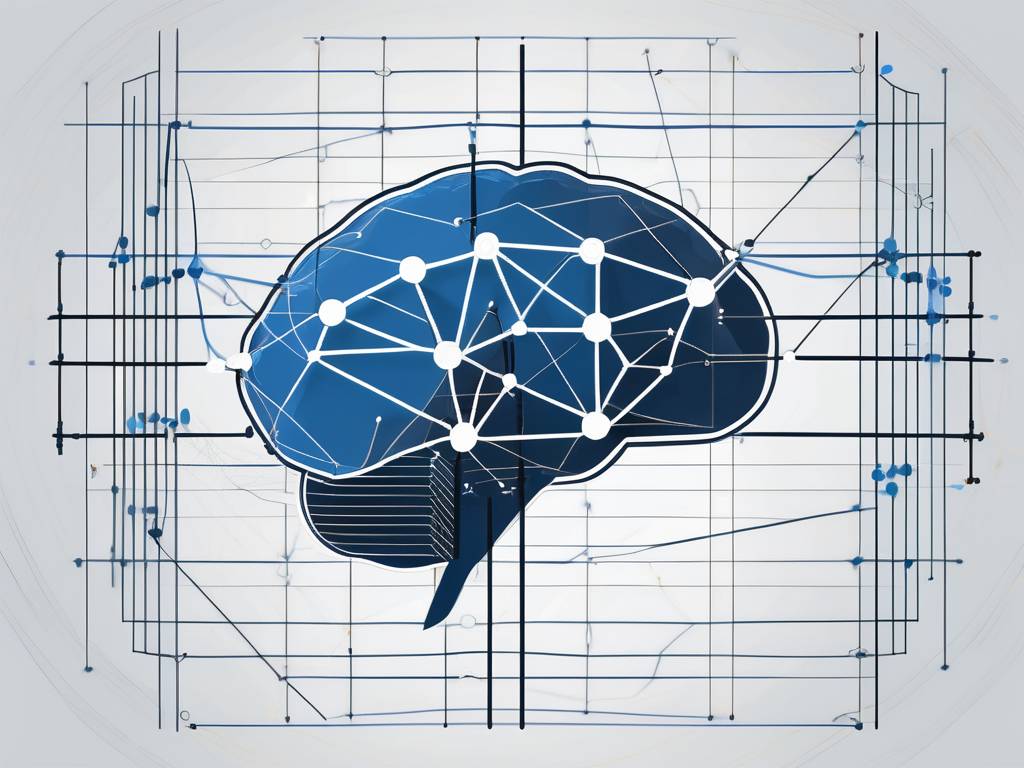Pattern Recognition: Machine Learning Explained
Pattern recognition is a critical aspect of artificial intelligence (AI) that enables machines to identify and categorize data patterns. This process is fundamental to various AI applications, including image recognition, speech recognition, and natural language processing.
Pattern recognition in AI involves teaching machines to recognize patterns in a similar way to how humans do. This involves the use of machine learning algorithms and neural networks to train the AI system to identify patterns and make predictions based on those patterns.
Understanding Pattern Recognition
Pattern recognition is a branch of machine learning that focuses on identifying patterns in data. It involves the use of algorithms to detect regularities in data and make predictions based on these patterns. This process is essential for various AI applications, including image and speech recognition, natural language processing, and predictive analytics.
The goal of pattern recognition is to provide machines with the ability to learn from experience and make predictions or decisions based on patterns in data. This is achieved through a process of training and testing, where the machine is exposed to a set of data and learns to identify patterns within that data.
Types of Pattern Recognition
There are several types of pattern recognition, each with its own unique approach to identifying patterns in data. These include statistical pattern recognition, syntactic or structural pattern recognition, template matching, and neural networks.
Statistical pattern recognition involves the use of statistical techniques to identify patterns in data. This approach is often used in applications such as image and speech recognition. Syntactic or structural pattern recognition, on the other hand, involves the use of grammatical rules to identify patterns. This approach is commonly used in applications such as handwriting recognition and natural language processing.
Applications of Pattern Recognition
Pattern recognition has a wide range of applications in various fields, including computer vision, speech recognition, natural language processing, and predictive analytics. In computer vision, pattern recognition is used to identify objects in images and videos. In speech recognition, it is used to convert spoken words into written text. In natural language processing, it is used to understand and interpret human language. In predictive analytics, it is used to analyze historical data and make predictions about future events.
Pattern recognition is also used in various other fields, including biometrics, where it is used to identify individuals based on their physical or behavioral characteristics; medical imaging, where it is used to identify diseases and conditions based on medical images; and robotics, where it is used to enable robots to interact with their environment.
Pattern Recognition Techniques
There are several techniques used in pattern recognition, each with its own strengths and weaknesses. These techniques include machine learning, deep learning, and neural networks.
Machine learning is a type of artificial intelligence that provides systems the ability to automatically learn and improve from experience without being explicitly programmed. It involves the use of algorithms to parse data, learn from it, and then make a determination or prediction about something in the world. Deep learning, on the other hand, is a subset of machine learning that uses artificial neural networks with several layers of nodes, mimicking the neural networks in the human brain, to process data and create patterns used in decision making.
Machine Learning in Pattern Recognition
Machine learning plays a crucial role in pattern recognition. It involves training a model using a set of data, allowing the model to learn patterns in the data, and then using the model to make predictions or decisions without being explicitly programmed to perform the task.
There are several types of machine learning, including supervised learning, unsupervised learning, and reinforcement learning. Supervised learning involves training a model using a set of labeled data, where the correct output is known. Unsupervised learning, on the other hand, involves training a model using a set of unlabeled data, where the correct output is not known. Reinforcement learning involves training a model to make a sequence of decisions, with the model learning to perform the task through trial and error.
Deep Learning in Pattern Recognition
Deep learning is a type of machine learning that uses artificial neural networks to model and understand complex patterns in data. It is particularly effective at processing large amounts of data and identifying patterns within that data.
Deep learning involves training a neural network using a large amount of data. The neural network learns to identify patterns in the data through a process of forward propagation, where information is passed through the network, and backpropagation, where the network adjusts its weights based on the error in its predictions.
Challenges in Pattern Recognition
Despite the advances in pattern recognition, there are still several challenges that need to be addressed. These include the need for large amounts of data to train models, the difficulty in interpreting the results of complex models, and the risk of overfitting or underfitting the data.
Training a model requires a large amount of data, which can be difficult to obtain in some cases. Furthermore, complex models can be difficult to interpret, making it challenging to understand why the model made a particular prediction or decision. Overfitting occurs when a model learns the training data too well, to the point where it performs poorly on new, unseen data. Underfitting, on the other hand, occurs when a model fails to learn the underlying patterns in the data, resulting in poor performance on both the training data and new, unseen data.
Overcoming Challenges in Pattern Recognition
There are several strategies for overcoming the challenges in pattern recognition. These include using techniques such as data augmentation to increase the amount of training data, using methods such as feature selection to reduce the complexity of the model, and using techniques such as cross-validation to prevent overfitting or underfitting.
Data augmentation involves creating new data based on existing data, such as by rotating or flipping images in image recognition tasks. Feature selection involves selecting the most relevant features for the task at hand, reducing the complexity of the model and making it easier to interpret. Cross-validation involves splitting the data into a training set and a validation set, training the model on the training set, and then testing it on the validation set to ensure that it performs well on new, unseen data.
Future of Pattern Recognition
The future of pattern recognition in AI is promising, with advances in machine learning and deep learning techniques paving the way for more accurate and efficient pattern recognition systems. These advances are expected to lead to improvements in various AI applications, including image and speech recognition, natural language processing, and predictive analytics.
Furthermore, the development of new techniques and algorithms for pattern recognition is expected to address some of the current challenges in the field, such as the need for large amounts of data and the difficulty in interpreting the results of complex models. This, in turn, is expected to lead to the development of more robust and reliable pattern recognition systems.
Unlock the Full Potential of Pattern Recognition with WestLink
As the landscape of artificial intelligence continues to evolve, the need for sophisticated pattern recognition systems becomes ever more crucial. WestLink stands at the forefront of this technological revolution, offering bespoke cloud native software solutions that harness the power of AI, machine learning, and big data. Whether you’re a startup or a Fortune 500 company, our team of over 75 developers is ready to augment your team, build innovative systems, and provide expert consulting to take your projects to the next level. With a proven track record of success, evidenced by our 5-star reviews on Clutch.com and a portfolio that includes industry giants like Salesforce and Uber, WestLink is your partner in transforming complex challenges into award-winning solutions. Learn more about how WestLink can help you capitalize on the future of pattern recognition and drive your company forward.

 hello@westlink.com
hello@westlink.com  (866) 954-6533
(866) 954-6533  700 N Colorado Blvd,
700 N Colorado Blvd,







Comments